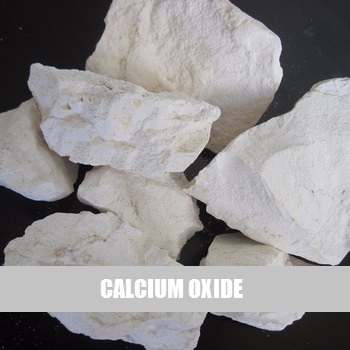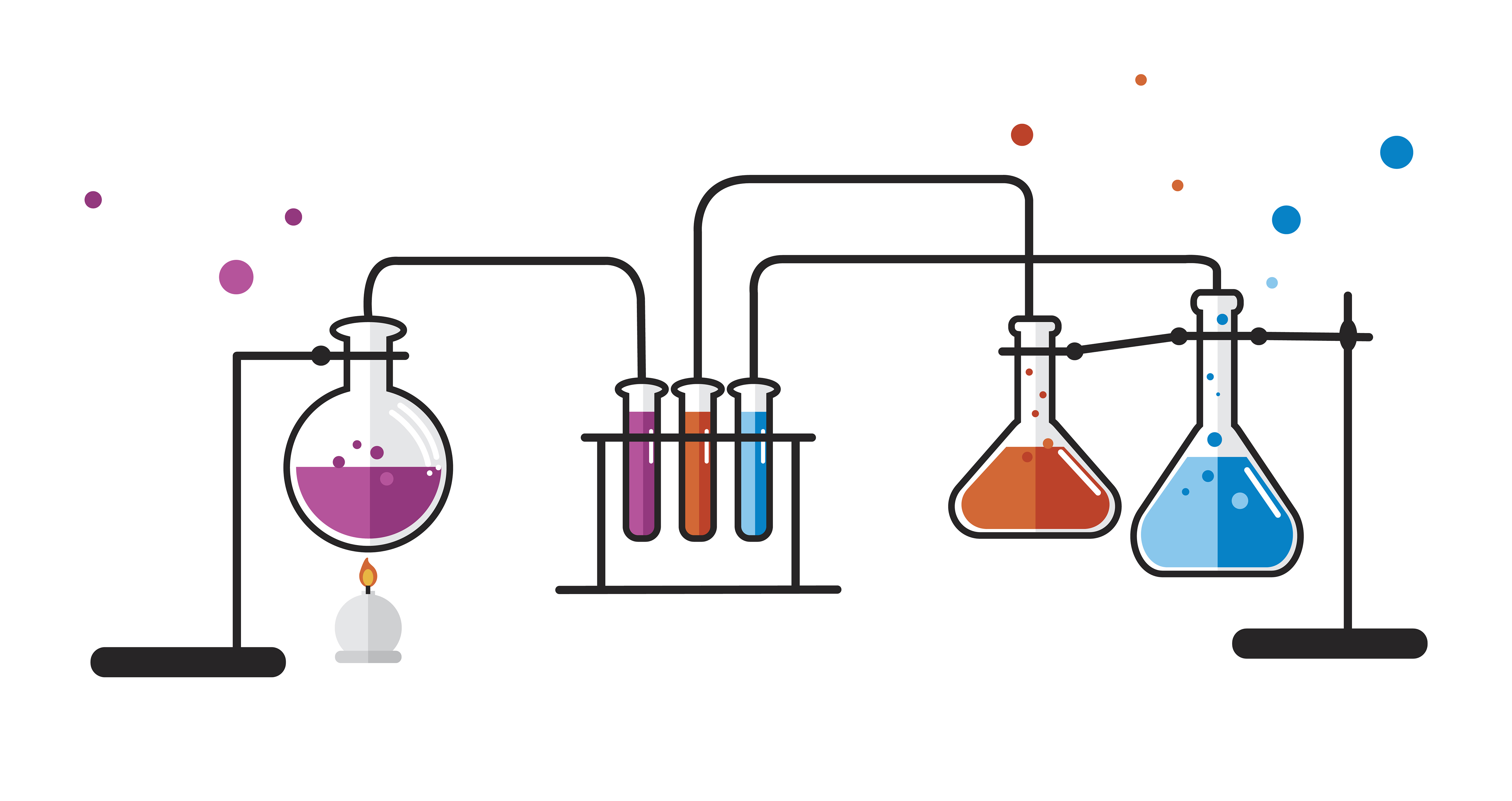What is Calcium Oxide


Calcium oxide (CaO), commonly known as quicklime or burnt lime, is a widely used chemical compound. It is a white, caustic, alkaline, crystalline solid at room temperature. The broadly used term lime connotes calcium-containing inorganic materials, in which carbonates, oxides and hydroxides of calcium, silicon, magnesium, aluminium, and iron predominate. By contrast, quicklime specifically applies to the single chemical compound calcium oxide. Calcium oxide that survives processing without reacting in building products such as cement is called free lime. Quicklime is relatively inexpensive. Both it and a chemical derivative (calcium hydroxide, of which quicklime is the base anhydride) are important commodity chemicals.
Calcium oxide, chemical compound, CaO, a colorless, cubic crystalline or white amorphous substance. It is also called lime, quicklime, or caustic lime, but commercial lime often contains impurities, e.g., silica, iron, alumina, and magnesia. It is prepared by heating calcium carbonate (e.g., limestone) in a special lime kiln to about 500°C to 600°C, decomposing it into the oxide and carbon dioxide. Calcium oxide is widely used in industry, e.g., in making porcelain and glass; in purifying sugar; in preparing bleaching powder, calcium carbide, and calcium cyanamide; in water softeners; and in mortars and cements. In agriculture it is used for treating acidic soils (liming). It is incandescent when heated to high temperatures; the Drummond light, or limelight, provides a brilliant white light by heating a cylinder of lime with the flame of an oxyhydrogen torch. Calcium oxide is a basic anhydride, reacting with water to form calcium hydroxide; during the reaction (slaking) much heat is given off and the solid nearly doubles its volume.
Manufacturing Process

The process for making calcium oxide is believed to be one of the first chemical reactions known to humans, dating back to prehistoric times. When limestone (calcium carbonate; CaCO3) is heated, carbon dioxide (CO2) is driven off, leaving calcium oxide behind. The reaction was probably discovered very early in human history because limestone is a common, readily available material in the form of chalk and sea shells, and the amount of heat needed to produce the reaction can easily be produced in a simple wood fire. A more efficient method for carrying out the reaction is to heat the limestone in a kiln (oven) at temperatures of 500°C to 900°C (900°F to 1,600°F), resulting in a more complete conversion of calcium carbonate to calcium oxide. This method is still used today for the commercial preparation of calcium oxide.


The Uses of Calcium Oxide
Paint industry
Quicklime is widely used in the manufacture of cement paint. It is also used as a filler. Quicklime is also a required to produce precipitated calcium carbonate (PCC) which is used as a coating and filling agent in paper.
Mining and oil industry
Water detection pastes contain a mix of calcium oxide and phenolphthalein. Should this paste come into contact with water in a fuel storage tank, the CaO reacts with the water to form calcium hydroxide. Calcium hydroxide is highly alkaline and will turn phenolphthalein into a vivid purplish-pink colour, thus indicating the presence of water.
Paper Industry
Calcium oxide is used to regenerate sodium hydroxide from sodium carbonate in the chemical recovery at Kraft pulp mills.
Other application
Calcium oxide is used in the construction industry to make cement and mortar for building purposes. It is added in asphalt for building roads to extend its lifespan and improve cohesion. It is also used to produce other chemicals for other purposes, such as calcium carbide.It is used to manufacture steel and iron from ores, as quicklime combines with the silica in the ore to form slag that can be removed from the pure molten iron or steel. It is also used in water treatment as well as reduction of air pollution. In glassmaking, calcium oxide is heated with silica and sodium carbonate to produce glass.
PRODUCT IDENTIFICATION
- CAS NO.
- FORMULA
- MOL WT.
- H.S CODE
- SYNONYMS
- 1305-78-8
- CaO
- 56.08 g mol-1
- 2522.10.00
- Quicklime/Calcined Lime
PHYSICAL AND CHEMICAL PROPERTIES
- PHYSICAL STATE
- MELTING POINT
- BOILING POINT
- SPECIFIC GRAVITY
- SOLUBILITY IN WATER
- STABILITY
- Crystalline solid.
- 2572°C (4661.6°F)
- 2850°C (5162°F)
- 3.33 (Water = 1)
- Soluble in acids, glycerol, sugar solution. Practically insoluble in alcohol. Very slightly soluble in cold water, hot water. Insoluble in methanol, diethyl ether, n-octanol.
- The product is stable.
